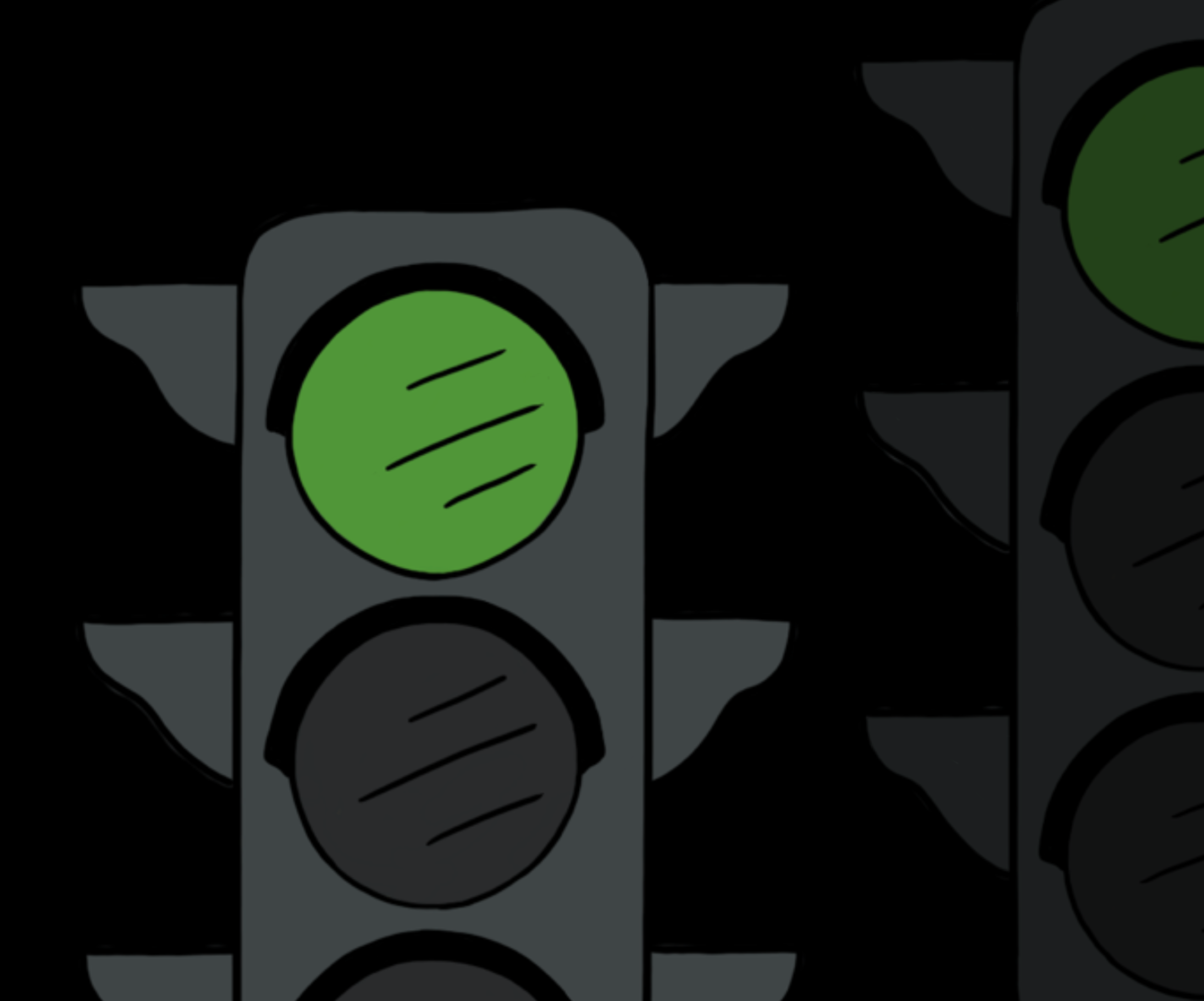
Green Zone: Social Engagement
This next lesson talks more about the "green zone", or our social engagement system. We'll talk about how it functions, why this zone is important, as well as how to recognise what being in this nervous system state might feel like for you.
What is the green zone
As we learnt in the first lesson, the green zone is our social engagement system, where we feel safe, calm, and open.
This is the ventral vagal pathway of the autonomic nervous system, which is responsible for regulating and calming our heart rate, our breathing, our muscles and internal organs, and for controlling our facial expressions and voice.

The green zone functions in this way so that we can engage in positive social interactions with others, and stay connected to our experiences.
Why it does this

This part of the nervous system is actually the most recent one to have evolved in mammals and humans. The reason we call it the social engagement system is because our survival as human beings really depends on us being able to connect to and communicate with others, and that's exactly what this system is designed to help us do.
The pathway is activated in response to cues of safety and trust in the environment around us, whether that’s with other people or by ourselves.
Signs of the green zone
Below is a list of signs and signals of what the green zone can look like in the body and mind. Have a look at the list and notice which ones feel familiar in your life. You might find that only a few apply to you.
What it might feel like in the body:
Relaxed body
Sleep well
Waking up rested
Chest feels open
Smiling and laughter feels natural
Feeling warm inside
Sense of peace
Deep belly breaths
Calm sigh on the out-breath
Thoughts feel clear
Feeling present in the moment
Relaxed muscles or jaw
Tall and relaxed posture
Feeling light and buoyant
Able to talk to and connect with others fairly easily
Feel curious and open to trying new things
Thoughts when you’re in the Green zone might sound like:
“I can do this”
“I feel confident”
“I’m a good person”
“I can figure things out as I go”
“I can do hard things”
“ It’s okay to fail and then try again”
“It’s okay to ask for help”
“I like ___ about myself”
“I don’t have to be perfect”
“I’m going to give this a try”
“They will still like me even if I get it wrong”
“I will still like me even if they don't like me”
Having flexibility
Now, this is not some magical state where everything is perfect and you feel “happy” all the time and don’t have any problems. What this is, is a state where events in our everyday lives feel manageable - where we can be flexible, tolerate distress, tap into our own hope and resources, find solutions, and reach out for help if we need it.
Learning how to regulate the nervous system can help improve your ability to stay in this green zone in the face of stress and challenges. Staying connected to the green zone can actually keep the rest of the nervous system in more balance, where we can learn to move down and back up the ladder without it becoming an overwhelming or dysregulating experience.
Being aware of these signs and signals of the green zone so that you can recognise what they look like for yourself is the first step toward making that happen.
Lesson Review
This lesson covered the basics of what the green zone is and what it might look or feel like for you.
For more information and daily exercises that can help you access a ventral vagal activation in the nervous system, check out the green zone section of the 'Cope' course.
I recommend still finishing this module before you start exploring the Cope section, if possible.

